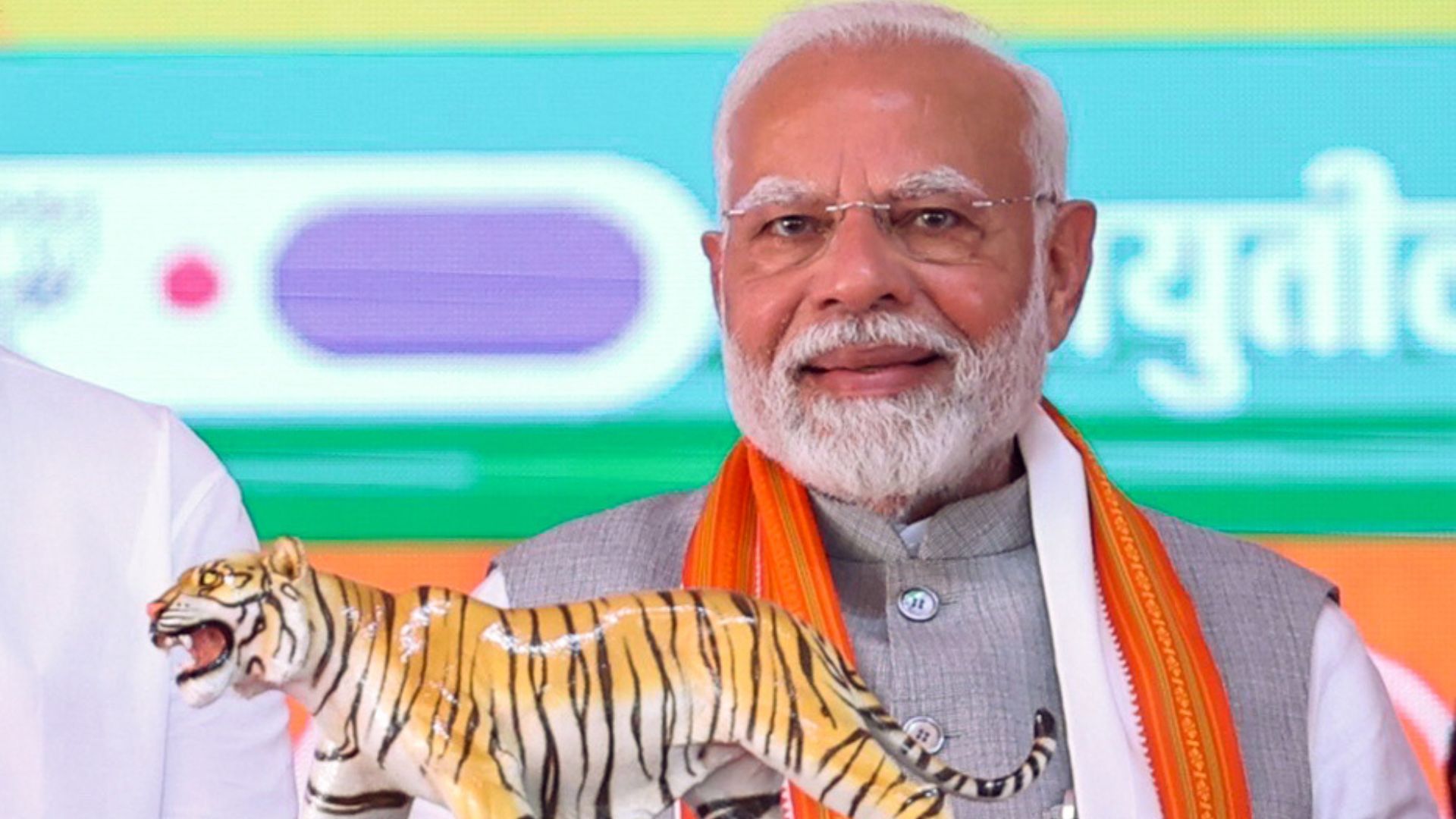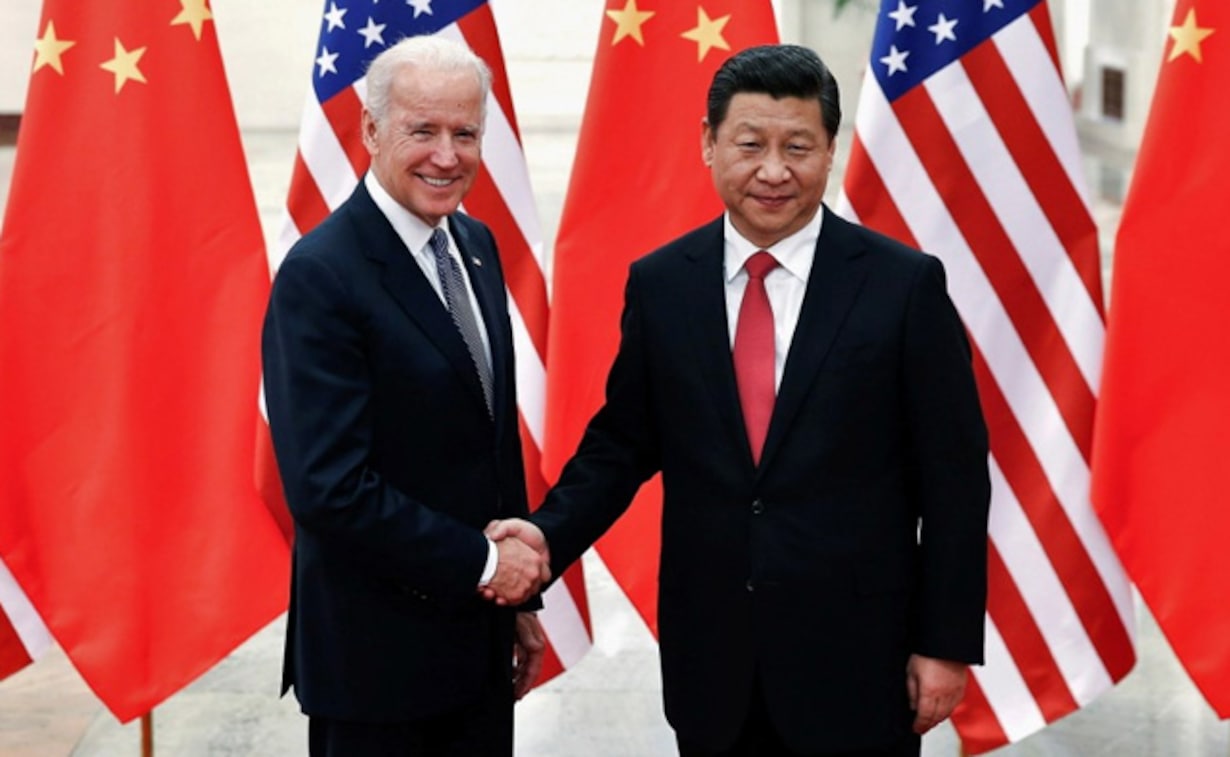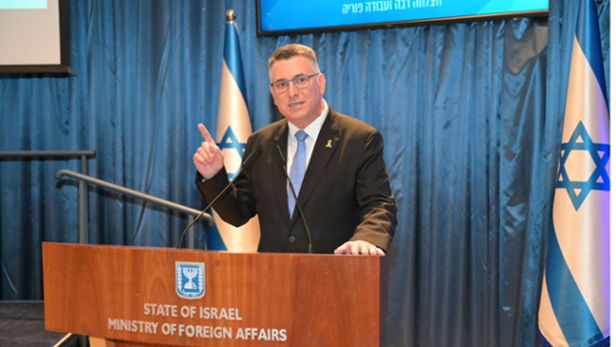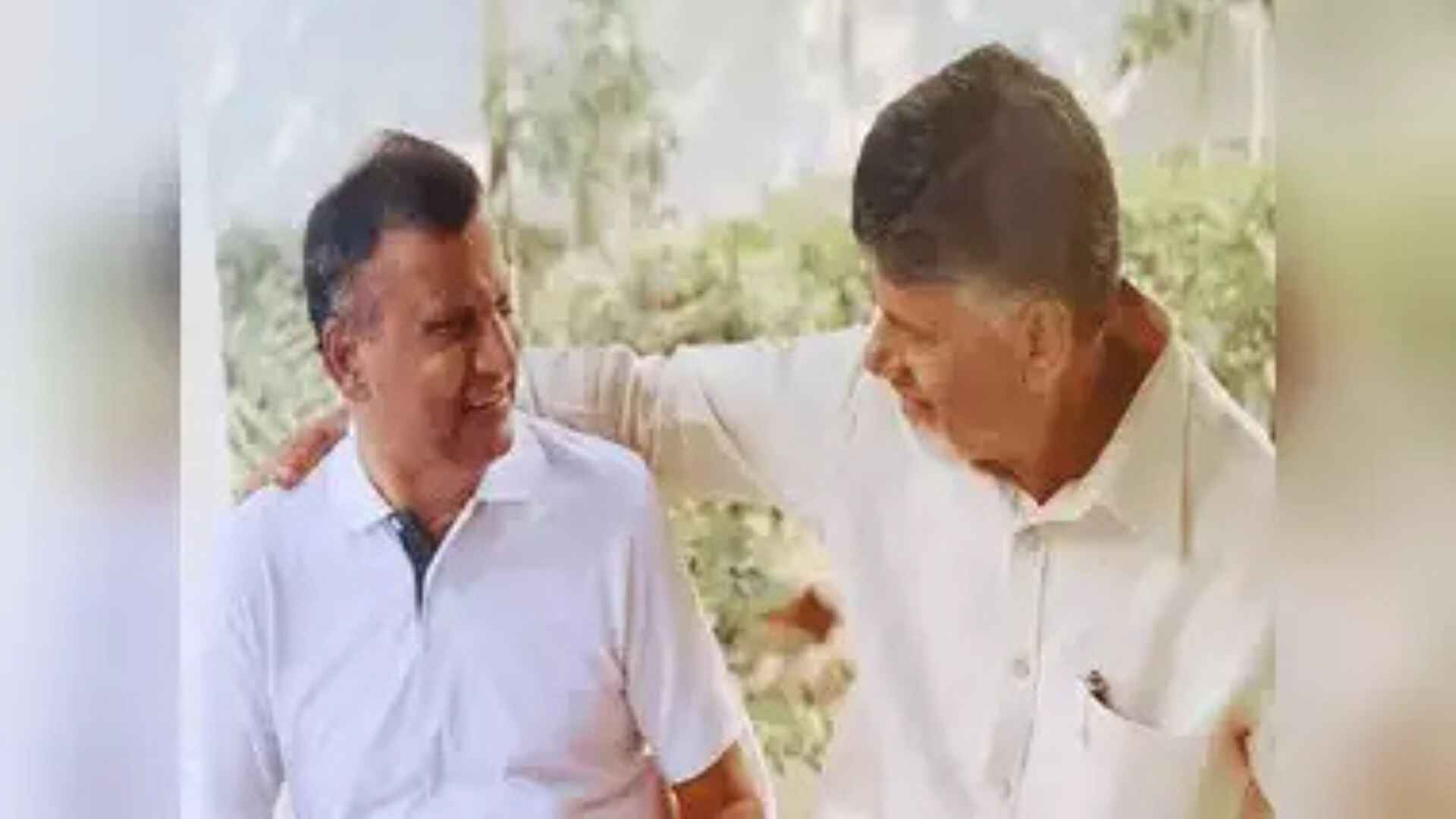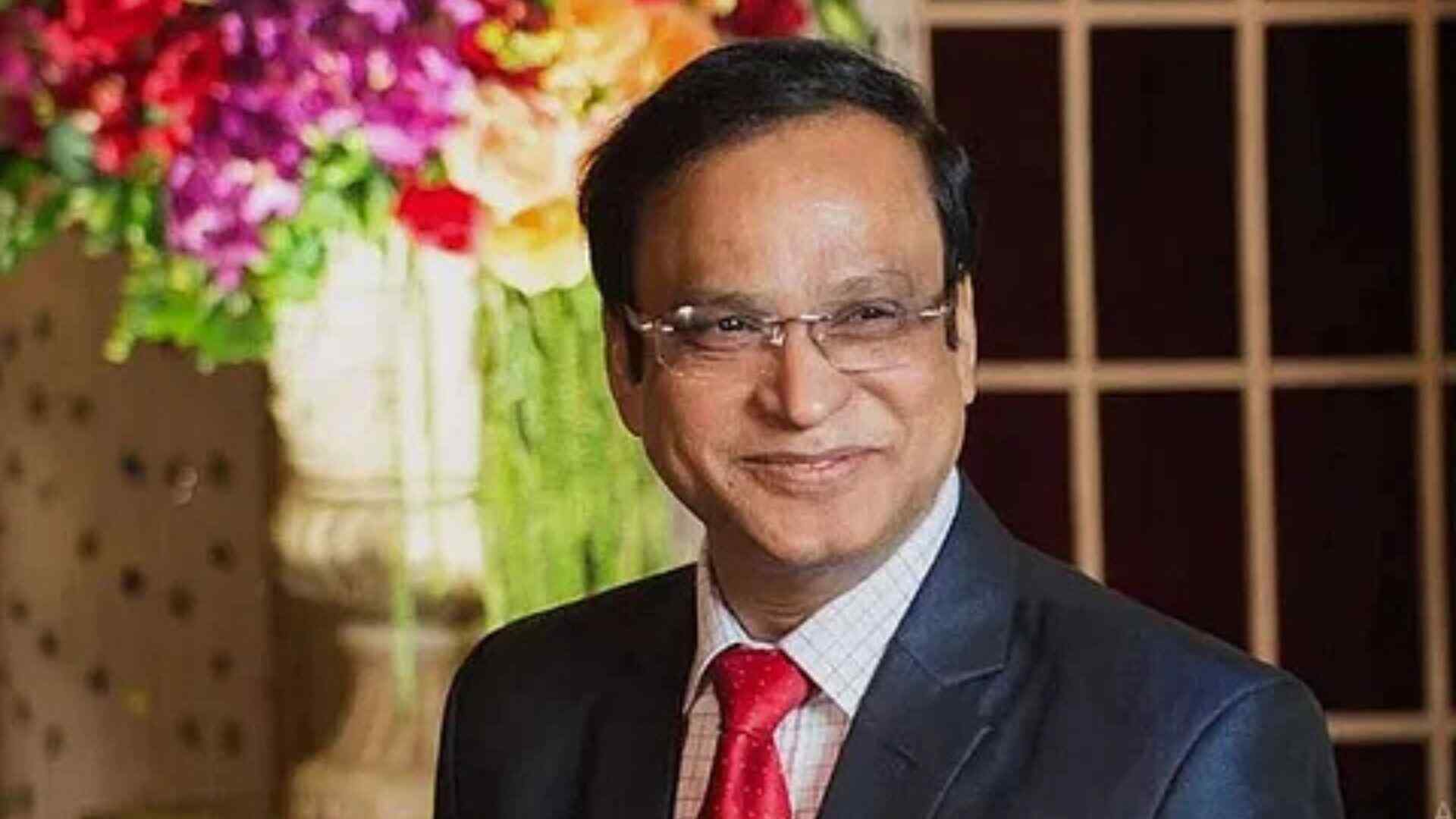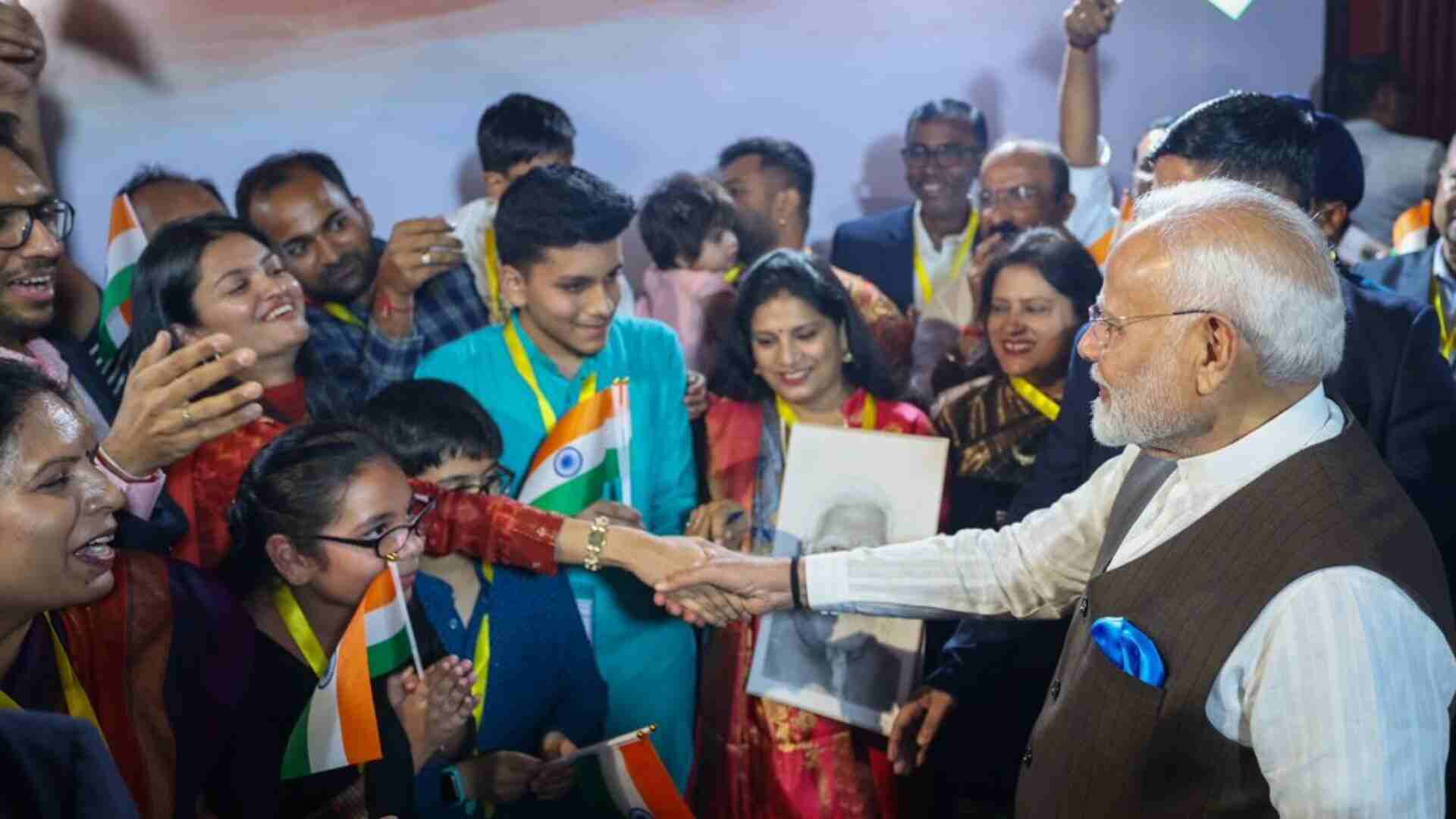
Congress, the grand old party, should have planned a “Party Jodo” yatra instead of a Bharat Jodo Yatra. This misstep is just one among many taken by the party. Congress has a new president, a party veteran Mallikarjun Kharge. Rahul Gandhi embarked on his 3,570 km Bharat Jodo Yatra just before the election of the party president, exposing the party’s myopic vision. Kharge’s election was meant to infuse life into the party, while Rahul Gandhi’s yatra is also meant to do the same–enthuse party cadre. The misalignment is stark and is threatening to expose yet again, the Congress’ lack of planning and foresight. In the recent past, the party’s fissures, factions and fractured party structure have come to the fore—for everyone to see.
Shashi Tharoor’s alleged desire to become the chief minister of Kerala after being denied the “star campaigner status” for Gujarat elections, growing rift between Sachin Pilot and Ashok Gehlot, Ajay Maken’s resignation drama are perhaps just drops in the ocean of issues that Congress is currently facing. Party members’ frustration is palpably high. And it is obvious that Splits and Splinter groups are growing.
“It’s pure affection. Even if they kick, Is that sufficient reason to feel sick? No, though they thrash and cudgel, kick and beat, Cling like the devil to their sacred feet!”—the above excerpt is from a poem written by a Congress leader targeting the British. It may well be understood as something written by a disgruntled leader of today’s Congress.
Splits & Splinters
To the contemporary Indian, the greatest fissure in Congress appeared as G-23. Many seniors from the group Ghulab Nabi Azad, Anand Sharma and Kapil Sibal left the party, leaving it weak and vulnerable. But how many actually know the legacy of the Congress party–where splits were common, spirited fights were plenty and angry exits were all too frequent? It would be interesting to highlight who left and why; who fought yet stayed; who played the rebel and who was moderate; who was rewarded yet disempowered. The story of turbulent Congress started in 1907, but tracing those events backwards–more recent to earlier, will keep the flow smooth and meaningful. Not all incidents are worthy of a mention though.
The much in news and much talked about G-23 is perhaps the most high profile Congress member group that showed signs of disenchantment and frustration publicly. A group of 23 party members, also members of Parliament, sent a letter in 2020 asking for stronger leadership. It meant that they were not particularly happy with the Gandhi family leadership.
Some of us recall an angry Sharad Pawar opting out of Congress in 1997 unable to accept Sonia Gandhi as INC party president. Some of the senior leaders of the party—P.A. Sangma and Tariq Anwar—had also publicly opposed her appointment as the Congress chief over her foreign origin. In June 1999, the three former Congress leaders founded the Nationalist Congress Party (NCP) with Pawar as its president. We know that this national party is still around and doing fine.
Pranab Mukherjee one of Gandhis’ most trusted lieutenants, a statesman of great calibre was sidelined by the party. Mukherjee had viewed himself as the rightful successor to Indira following her assassination in 1984. He lost out to Rajiv Gandhi in the ensuing power struggle. Pranab Mukherjee formed his own party, the Rashtriya Samajwadi Congress, which of course was merged with Congress in 1989 after a truce with Rajiv Gandhi.
Indira Gandhi Expelled
The month of November holds a special significance in the history of India. It was on 12 November, the day in 1969 when the most unexpected incident took place. One of India’s most powerful Prime Ministers, Indira Gandhi, was expelled from her own party on charges of violating the party discipline!
The then Congress party president, S. Nijalingappa, one of the foremost leaders of the “Syndicate”–a group within the Congress party expelled Prime Minister Indira Gandhi from the party for “fostering a Personality Cult”. The friction between the “Syndicate” and Indira Gandhi started after the demise of India’s first Prime Minister Jawaharlal Nehru in 1964. Nehru’s mistake was not to have a succession plan. Who after him? He left no credible deputy to take over the reins after him. A group of powerful non-Hindi speaking leaders who called themselves the “Syndicate” started wielding influence on the Congress after Nehru’s demise.
The “Syndicate” was credited for electing Lal Bahadur Shastri as the Prime Minister for the first time after Nehru’s death. Most of the members of this “Syndicate” were from the South, led by K. Kamaraj. Indira was known to have locked horns with this group of rebels.
Indira Gandhi as PM could not tolerate the repeated interference of the “Syndicate” in the smooth functioning of the party and her duties as the head of state. The “Syndicate”, on the other hand, could not quite come to terms with the fact that the “gungi gudiya” (dumb doll)—their insulting reference for Indira—had started opposing them.
Then on 12 November 1969, the Congress Working Committee met at two places—one at the PM’s residence and the other at the Congress’ office. At the meeting that was held at the Jantar Mantar office, Nijalingappa expelled Indira Gandhi from the party on disciplinary grounds. This expulsion led to the split in the Congress party, with 446 of the 705 Congress members walking over to Indira’s side. The group led by Indira Gandhi was known as Congress(R) and also referred to as “Indicate”, while the one led by the “Syndicate” leaders came to be known as Congress (O) or “Syndicate”.
The coronation of Mallikarjun Kharge as the party president will draw the attention of many to the coronation of Subhas Chandra Bose as Congress president in 1939—though both events are distinct and in no way are comparable.
Karuna Gopal Vartakavi is President, Foundation for Futuristic Cities, BJP National Incharge, Women Policies & Research.
